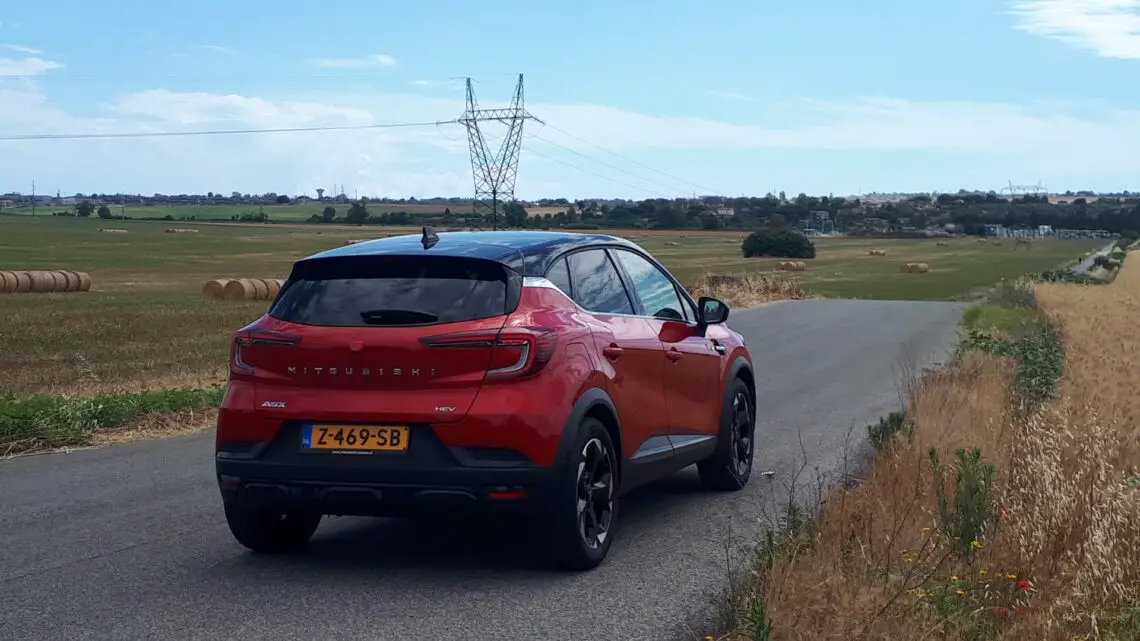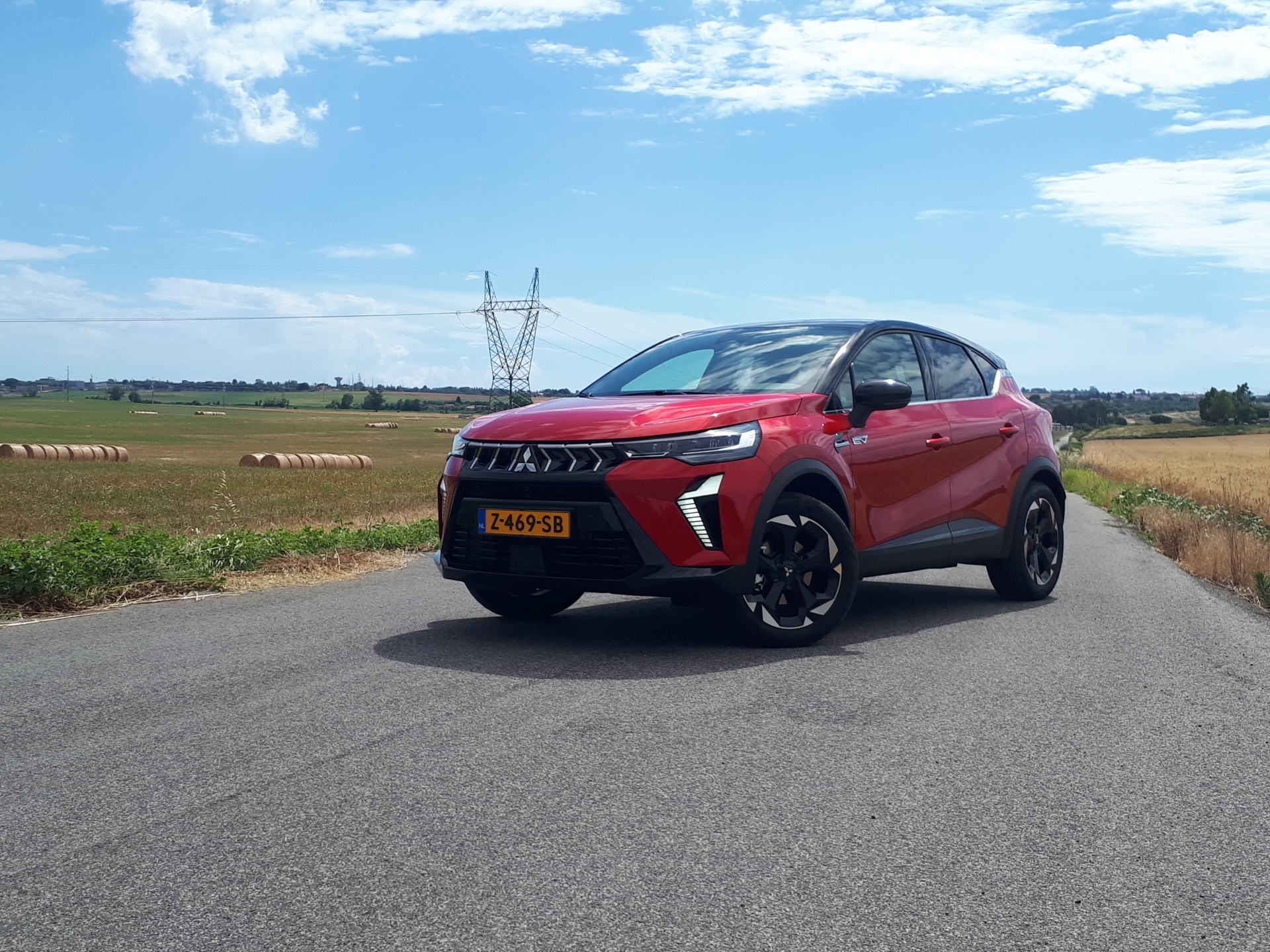Review – Mitsubishi ASX (2024)
In 2023, Mitsubishi introduced the current generation ASX. It is no secret that the car is very much based on the Renault Captur, which has been on the market since 2019. Thus, Mitsubishi saves a lot of development costs while still being able to offer a model in an important market segment. Meanwhile, the development costs now saved can be spent on developing European models with a more distinctive identity, is the idea. Because sister model Captur has been on the market a bit longer, that model underwent a facelift before 2024. The Mitsubishi ASX, then, cannot be left behind. Hence, the car underwent a facelift just a year after its introduction.
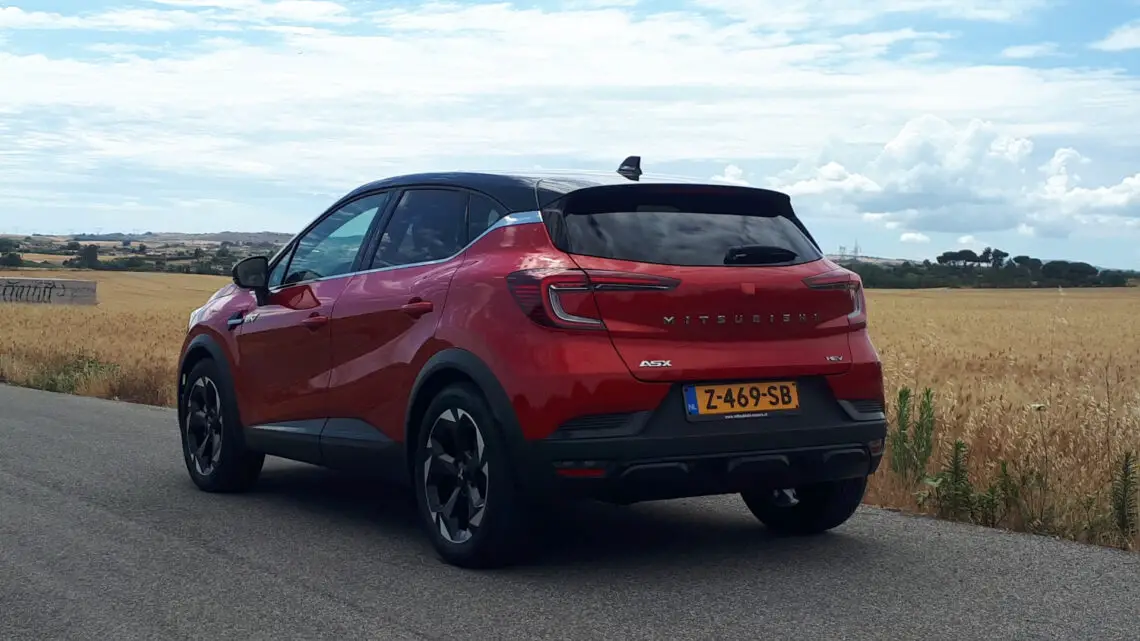
What’s new about the 2024 Mitsubishi ASX?
The most noticeable change is the redesigned front end. The 2023 Mitsubishi ASX was still quite literally a Renault Captur with different logos, but the 2024 model has much more of a face of its own. Still there are many similarities with the updated Captur, but the familiar Dynamic Shield grille has been implemented on the car this time. A big improvement. Indeed, the tighter headlights may suit the Mitsubishi even better than the Renault… Both the Renault and Mitsubishi have barely changed at the rear compared to the previous model.
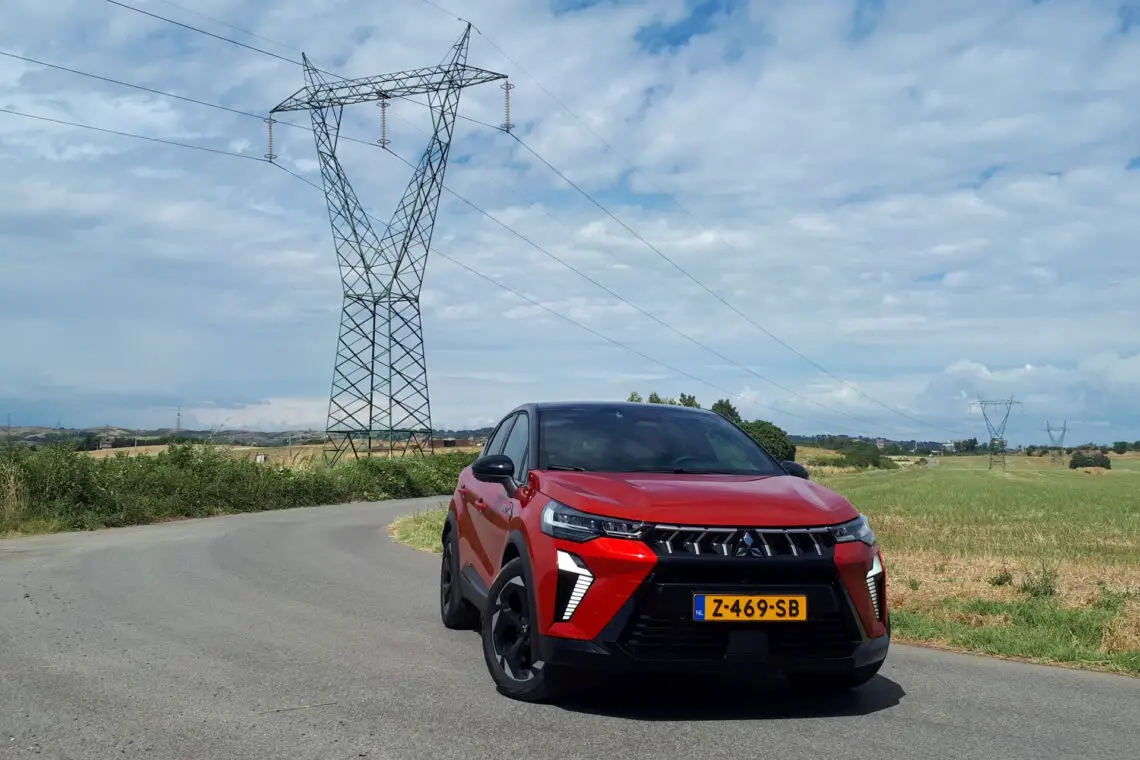
Inside, some important changes can also be found. For example, there is an optional new infotainment system, which now runs on Google software. The options list now includes such things as a heated windshield and a Harman Kardon Premium audio system (formerly Bose). Finally, the range of standard and optional safety and assistance systems has been improved or expanded. Unfortunately, that also means the addition of the legally required – and very irritating – speed warning. Fortunately, Mitsubishi has built in a hotkey to set the assistants to your liking (including turning them off) at the touch of a button.
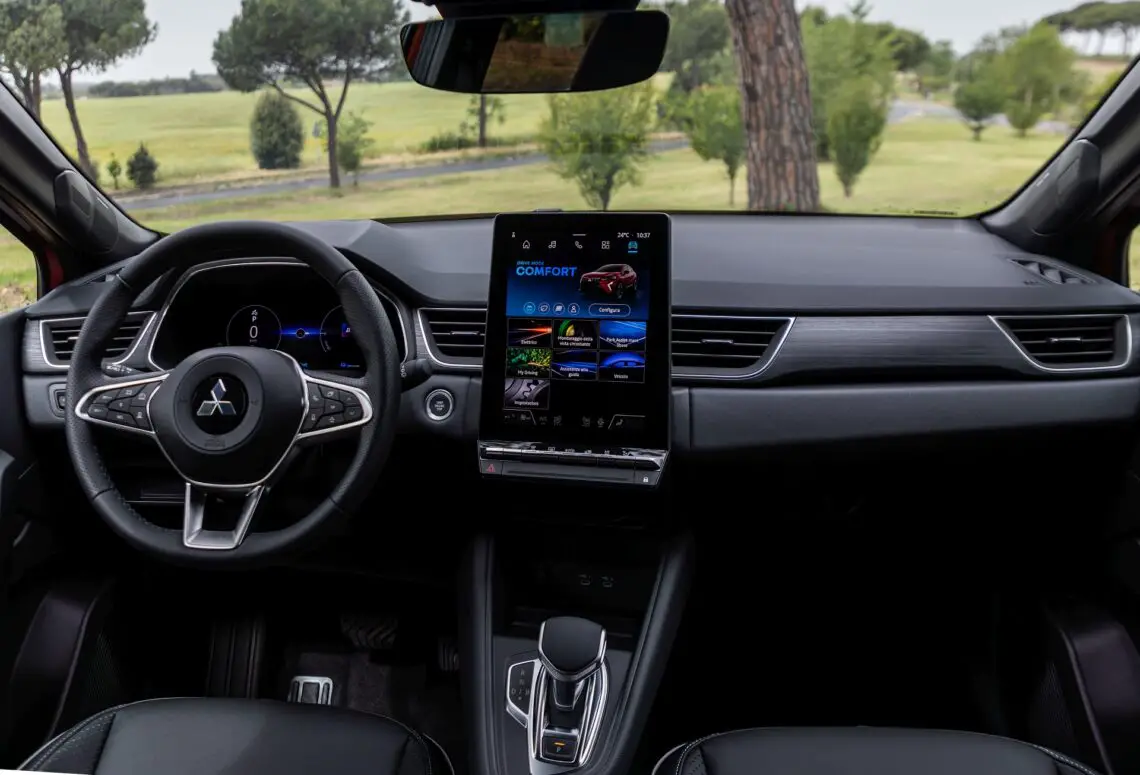
What engines does the 2024 Mitsubishi ASX have?
The new Mitsubishi ASX is available with a 1.0-liter three-cylinder gasoline engine, a 1.3-liter four-cylinder mild hybrid gasoline engine and a 1.6-liter four-cylinder gasoline engine with “true” hybrid technology. The plug-in hybrid version has been dropped, incidentally, also for sister model Captur.
The three-cylinder has an output of 67 kW (91 hp) and is always mated to a six-speed manual transmission. The four-cylinder is also available with seven-speed automatic transmission. Transmission choice affects power output: 103 kW (140 hp) for the manual transmission and 116 kW (158 hp) for the automatic. The hybrid has a system output of 105 kW (143 hp) and always an eight-speed automatic transmission. Every Mitsubishi ASX has front-wheel drive.


How does the 2024 Mitsubishi ASX drive?
In the vicinity of Rome, we first got to go out with the 1.3-liter four-cylinder with automatic transmission. A fine powertrain, it soon becomes apparent. The engine does its job nicely quietly and makes some noise at most when merging onto the highway. Once we exchange the flatter landscape for the hills, driving mode Sport does get preferred. This is not a true sport mode, but it does make the engine respond to the throttle just a little more lively. In Comfort mode, you notice uphill that the automatic sometimes responds just too slowly to input from the accelerator pedal, or that the automatic hesitates briefly about the right gear. In Sport mode, you completely solve that problem. By the way, there is also an Eco mode, but the engine becomes a bit sluggish from that. So Eco mode is really only used in town, or on a flat stretch of highway.
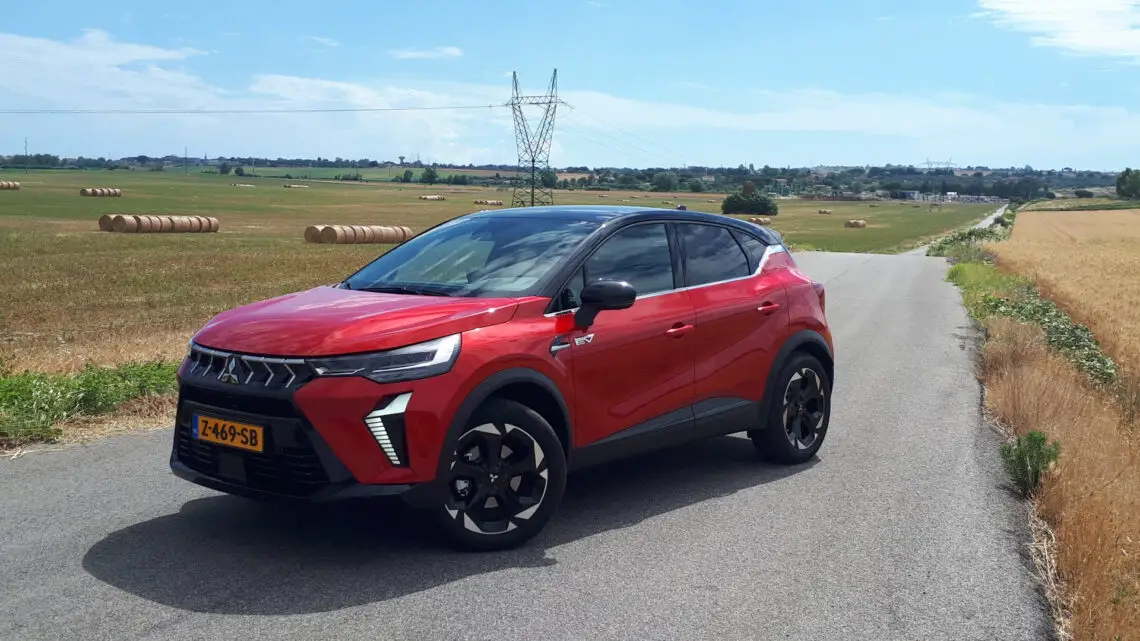
Then we switch to the 1.6 HEV, the hybrid version. That one has slightly lower power in exchange for much lower consumption. The 1.3 consumes an average of 5.9 l/100 km, while the 1.6 HEV averages 4.7 l/100 km (both WLTP). You don’t notice much of that lower power output in practice. Because of the partially electric drive, the Hybrid even feels a bit more potent when pulling away from a standstill, and the drive is a bit smoother, as the electric motor smooths out the shifting moments. Under high load, such as uphill or when merging onto the highway, the hybrid’s gasoline engine does rev a bit more than the mild hybrid.
Other driving comfort is fine. On the sometimes very bad roads in this region, the Mitsubishi ASX is sometimes a bit bouncy, but that is certainly no disgrace. Moreover, large bumps it actually works away comfortably. In addition to the quiet powertrain, other noise levels are also quite good. At most, you can hear some wind and tire noise on the highway, as usual.
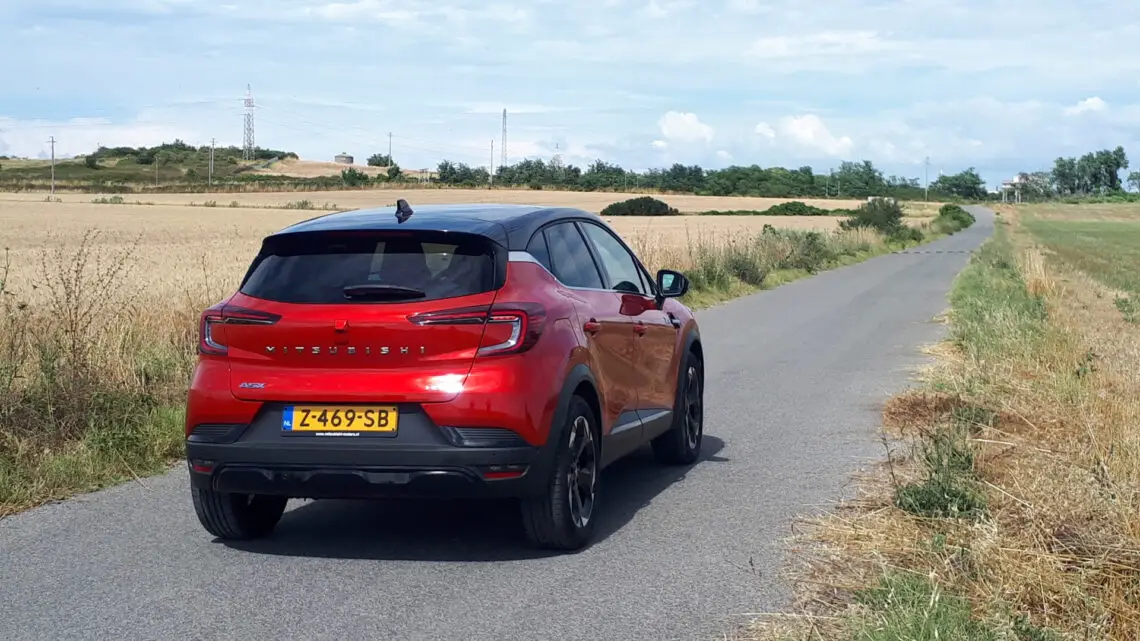
What will the 2024 Mitsubishi ASX cost?
The Mitsubishi ASX is available from 29,290 euros for entry-level Pure with the 1.0-liter three-cylinder. For the mild hybrid you pay 32,390 euros, but then you are also immediately one equipment level higher, the Intens. The hybrid version comes from 33,490 euros, also as an Intense.
Looking at the equipment levels, entry-level Pure thus comes from 29,290 euros and is only available with the least powerful engine. With that same engine, you can have the Intense from 30,290 euros. The Intense+ means a step up to 34,890 euros, but with the more powerful mild hybrid four-cylinder as standard. Top model Instyle comes only as a hybrid and has a starting price of 40,490 euros. A temporary introductory model is the First Edition, available from 37,990 euros and also only as a hybrid.

What do you get for those amounts?
It is going too far to discuss in detail the full equipment here, but we will mention the highlights. For entry-level Pure: 17-inch alloy wheels, heated door mirrors, 7-inch digital instrument cluster, faux leather-wrapped steering wheel, fabric seat covers, 10.4-inch central display, cruise control, reversing camera and the usual package of other assistance and safety systems. The Intense adds keyless entry and start, front seat heating, roof rails and tinted rear windows, among other features.
With the Intense+, the plus appears to stand for a lot of extra equipment. For example: 18-inch alloy wheels, windshield heating, partially synthetic leather upholstery, wireless smartphone charging, different driving modes, adaptive cruise control (with automatic), parking sensors all around and some more assistance and safety systems.

Top model Instyle goes wild with, among other things, a sliding/tilting roof (at the expense of roof rails), a 10-inch digital instrument cluster, leather upholstery, power-adjustable driver’s seat, an expanded infotainment system with the aforementioned Google software and integrated navigation, the Harman Kardon Premium audio system
The temporary First Edition sits between the Intense+ and Instyle with its equipment. Furthermore, some standard equipment of the higher trim levels are optionally available for the lower models. Also handy to know: data usage for infotainment functions is free for the first five years. After that, it goes through your own cell phone contract.

Why wouldn’t I just choose the Renault?
Good question, because again the distinction between the two models is not that great. However, there are certainly arguments in favor of the Mitsubishi. For example, the starting price of the Mitsubishi ASX is slightly higher than that of the Renault Captur (starting at 28,690 euros), but this is offset by richer standard equipment. For example, Renault’s standard engine is a 66 kW (90 hp) three-cylinder, which is not even available for the ASX. So if you’re in the market for the model, put both equipment price lists side by side. Perhaps the ASX offers exactly the equipment you want, at a more competitive price.
Furthermore, you may just have a general brand preference for Mitsubishi or Renault, or find one car just a little nicer than another. However, the one argument that speaks for the Mitsubishi ASX is its extended factory warranty. Mitsubishi offers an 8-year and up to 160,000 km warranty on the ASX, where Renault offers a standard 2-year warranty with no mileage limit.
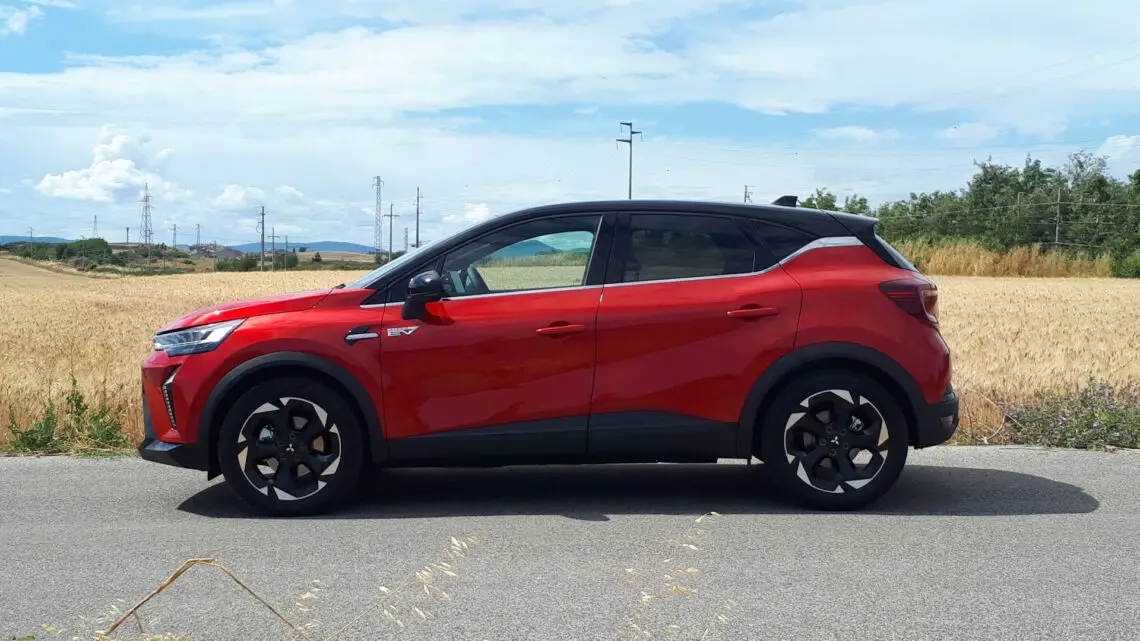
Conclusion
Although the current generation Mitsubishi ASX had not been on the market that long, the facelift makes it even more interesting right away. Both in terms of equipment and driving assistants (except the speed assistant), the Mitsubishi ASX takes another step forward. Whether it has become more beautiful is subjective – although it has succeeded as far as we are concerned – but at least visually the car has gained a bit more of a Mitsubishi identity. There is certainly something to be said for that as well.
